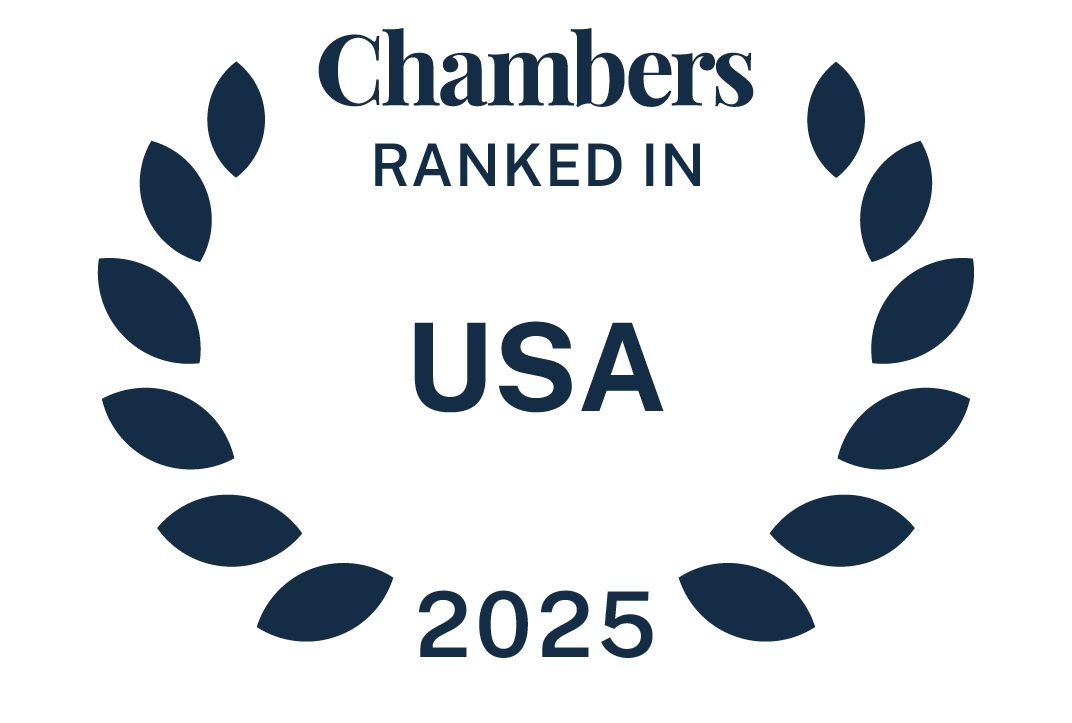Earlier this week, the Federal Trade Commission (FTC) published an article that offers guidance on the “failing firm” or “flailing firm” defense often invoked in the hospital merger context. The article, written by Debbie Feinstein and Alexis Gilman of the Bureau of Competition, clarifies the circumstances under which this defense is and is not available.
At the outset, Feinstein and Gilman point out the basic requirements for establishing a failing firm defense, as set forth in § 11 of the Horizontal Merger guidelines:
- the company is unable to meet its obligations as they come due;
- the firm would not be able to reorganize successfully in bankruptcy; and
- it has made unsuccessful good-faith efforts to elicit reasonable alternative offers that would keep its assets in the relevant market and pose a less severe danger to competition than does the proposed merger.
The article goes on to emphasize an additional nuance required for the defense—that the acquiring company is the only available purchaser. This goes hand-in-hand with requirement three listed above. As an example, the authors describe a recent FTC investigation that involved “a hospital that was clearly failing.” The hospital’s bankrupt status did not calm the FTC’s concerns about the transaction, because the FTC learned that there was an interested alternate purchaser who did not pose the same competitive risks as the chosen acquirer.
Even if the acquisition price of a “failing” or “flailing” firm is below the Hart-Scott-Rodino reporting threshold, potential acquirers should assess the antitrust risk associated with the transaction and be sure to factor any costs associated with that risk into the sticker price. The failing or flailing firm should be prepared to demonstrate the efforts it made to find an acquirer. Non-reportable transactions are within the FTC’s reach and are often on the agency’s radar, particularly in the health care context.
The full text of the article is available here.
read more


 Subscribe
Subscribe
